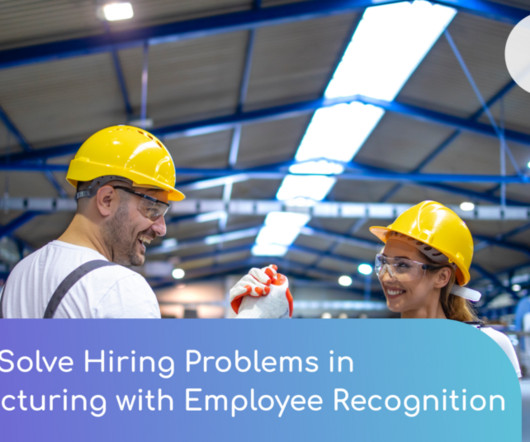Case Study: Strategic Workforce Planning for Rail Infrastructure Managers
Analytics in HR
MARCH 30, 2020
The Dutch Railway system processes 1.3 So to meet this growing demand, ProRail Traffic Control needs to invest in technologies that make it possible to automate and digitize large parts of the now manual traffic control process. When the trains run as scheduled, the system requires minimal intervention by operators. Curious how?
















Let's personalize your content